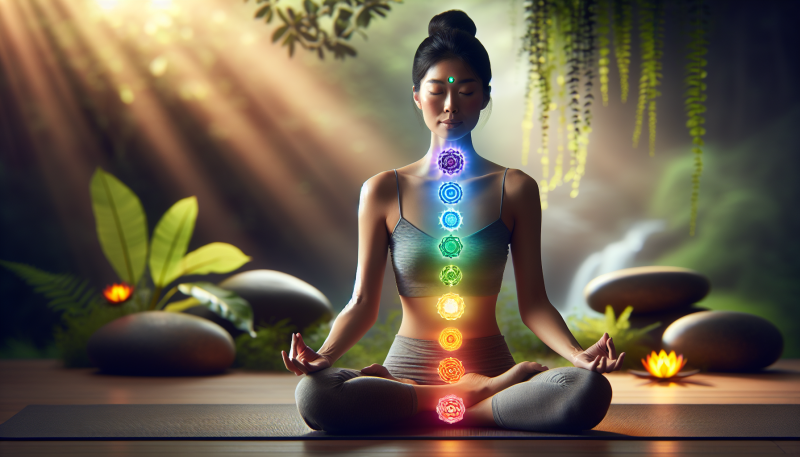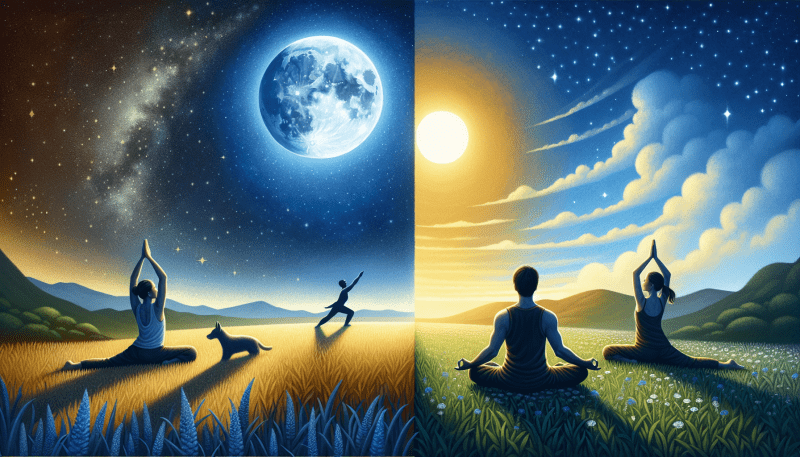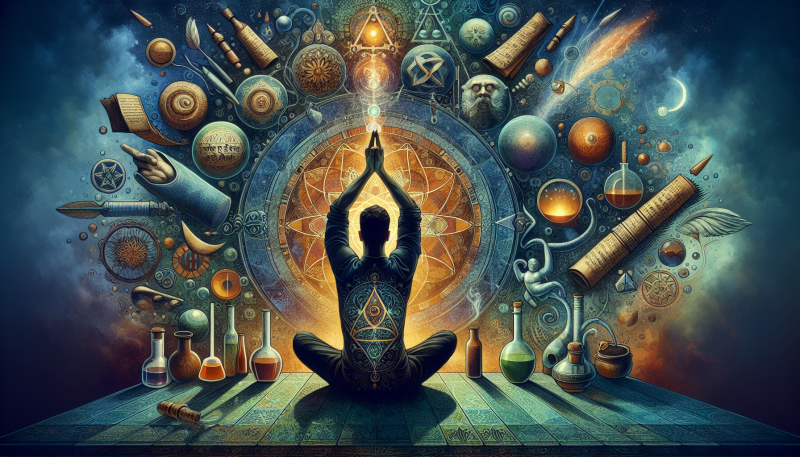Welcome to the easy and effective beginner's guide to yoga! Whether you're looking to improve flexibility, reduce stress, or enhance your overall well-being, yoga is an excellent practice to incorporate into your daily routine. To help you get started on this transformative journey, we've outlined some simple steps that will set a solid foundation for your yoga practice.
Step 1: Set your intention
Before diving into yoga, take a moment to reflect on why you want to embark on this journey. Setting a clear intention will help you stay motivated and focused. It could be to find inner peace, increase mindfulness, or improve physical fitness. Write down your intention and keep it somewhere visible as a reminder.
Step 2: Find a suitable space
The next step is to create a dedicated space for your yoga practice. It doesn't need to be large or elaborate; a peaceful corner where you can roll out your mat will suffice. Declutter the area, add some soothing elements like candles or plants, and ensure there's enough ventilation. This space will become your sanctuary for self-care and mindfulness.
Step 3: Gather necessary equipment
Yoga requires minimal equipment, making it accessible for beginners. The essential items you'll need are a yoga mat, comfortable clothing that allows for unrestricted movement, and perhaps a yoga block or strap to aid in certain poses. Invest in quality equipment that supports your practice and enhances your comfort.
Breathing and Poses: Exploring the Foundations of Yoga
Yoga is a centuries-old practice that combines physical movements, breathing techniques, and meditation to promote holistic well-being. One of the fundamental aspects of yoga is learning how to breathe consciously. Breathing deeply and with intention can help calm the mind, reduce stress, and increase oxygen flow to the muscles. In yoga, there are various breathing exercises, such as Pranayama, that help students deepen their awareness of breath and improve overall health.
Another key component of yoga is mastering poses, also known as asanas. Poses are physical postures that are designed to stretch, strengthen, and balance the body. Some common beginner-friendly poses include Tadasana (Mountain Pose), Downward Facing Dog, and Child's Pose. These poses help improve flexibility, increase body awareness, and promote a sense of relaxation. It's important for beginners to start with basic poses and gradually progress to more advanced ones as their strength, flexibility, and confidence grow.
Exploring the foundations of yoga through breathing techniques and poses provides a solid base for any practitioner. By mastering the art of conscious breathing, individuals can harness the power of the breath to increase focus, calm the mind, and enhance their yoga practice. Additionally, regularly practicing various poses can lead to increased strength, improved posture, and a greater sense of overall well-being. Whether you are a beginner or an experienced yogi, paying attention to the basics of breathing and poses is essential for a successful and rewarding yoga journey.
Mindfulness and Relaxation: Finding Inner Peace on the Mat
In the fast-paced modern world, finding inner peace and relaxation can seem like an elusive goal. However, with the practice of yoga, it becomes possible to achieve a state of mindfulness and tranquility. One of the key aspects of yoga is its focus on bringing attention to the present moment. By directing our awareness towards our breath, bodily sensations, and the alignment of our poses, we can cultivate a sense of mindfulness that helps to calm the mind and reduce stress.
The practice of yoga also encourages relaxation through deep stretching and gentle movement. As we flow through different postures, we gradually release tension and tightness held in the body. This process allows for increased flexibility, improved circulation, and the release of feel-good hormones, leaving us feeling refreshed and rejuvenated. With regular practice, yoga can serve as a powerful tool for managing stress and promoting a sense of overall well-being.
Mindfulness and relaxation are not only achieved during the physical practice of yoga, but also during the moments of stillness and meditation. By taking time to sit quietly and focus on our breath or engage in guided meditation, we can further deepen our level of relaxation and inner peace. These moments of reflection help us to find clarity, turn inward, and connect with our inner selves on a deeper level.
Progressing Further: Building Strength and Flexibility in Yoga
So, you've mastered the basics and are looking to challenge yourself further in your yoga practice? Building strength and flexibility is a natural next step. As you continue your journey, remember that progress is a gradual process. Dedication, patience, and consistency will be key in deepening your practice.
To build strength in yoga, consider incorporating more dynamic and challenging poses into your routine. Poses like plank, chaturanga, and warrior II can help you develop upper body, core, and lower body strength respectively. Experiment with holding these poses for longer periods or adding variations to intensify the challenge.
Flexibility is another important aspect of yoga that can be enhanced through regular practice. Explore stretches such as forward folds, side bends, and hip openers to increase your overall flexibility. You can also incorporate props like blocks or straps to assist you in reaching deeper into poses and gradually improve your flexibility over time.
Remember to always listen to your body and never push yourself beyond your limits. In yoga, progress is about personal growth and self-acceptance. Enjoy the journey of discovering a stronger and more flexible version of yourself on the mat.


